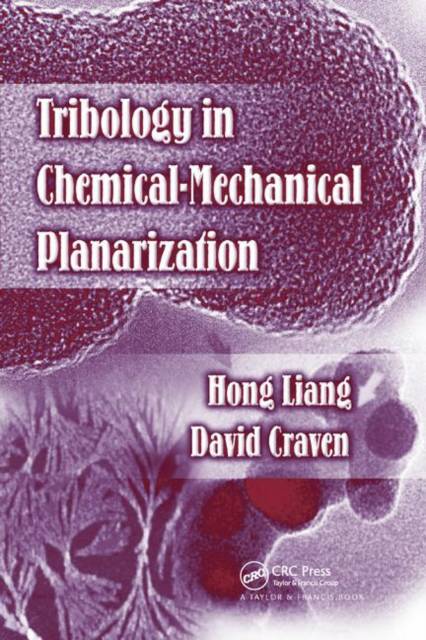
- Afhalen na 1 uur in een winkel met voorraad
- Gratis thuislevering in België vanaf € 30
- Ruim aanbod met 7 miljoen producten
- Afhalen na 1 uur in een winkel met voorraad
- Gratis thuislevering in België vanaf € 30
- Ruim aanbod met 7 miljoen producten
Zoeken
€ 126,95
+ 253 punten
Uitvoering
Omschrijving
The role that friction and contact play in the processes of wear and planarization on material surfaces is central to the understanding of Chemical-Mechanical planarization (CMP) technology, particularly when applied to nanosurfaces. Tribology in Chemical-Mechanical Planarization presents a detailed account of the CMP process in a language that is suitable for tribology professionals as well as chemists, materials scientists, physicists, and other applied scientists and engineers in fields of semiconductors and microelectronics. The first half of the book is devoted to CMP, while the other focuses on the fundamentals of tribology. As the first source to integrate CMP and tribology, the book illustrates the important role that these fields play in manufacturing and technological development. It follows with an examination of tribological principles and their applications in CMP, including integrated circuits, basic concepts in surfaces of contacts, and common defects. Other topics covered in depth include basics of friction, flash temperature, lubrication fundamentals, basics of wear, polishing particles, and pad wear. The book concludes its focus with CMP practices, discussing mechanical aspects, pad materials, elastic modulus, and cell buckling. Expanding upon the science and technology of tribology to improve the reliability, maintenance, and wear of technical equipment and other material applications, Tribology in Chemical-Mechanical Planarization provides scientists and engineers with clear foresight to the future of this technology.
Specificaties
Betrokkenen
- Auteur(s):
- Uitgeverij:
Inhoud
- Aantal bladzijden:
- 200
- Taal:
- Engels
Eigenschappen
- Productcode (EAN):
- 9780367393250
- Verschijningsdatum:
- 19/09/2019
- Uitvoering:
- Paperback
- Formaat:
- Trade paperback (VS)
- Afmetingen:
- 155 mm x 231 mm
- Gewicht:
- 181 g

Alleen bij Standaard Boekhandel
+ 253 punten op je klantenkaart van Standaard Boekhandel
Beoordelingen
We publiceren alleen reviews die voldoen aan de voorwaarden voor reviews. Bekijk onze voorwaarden voor reviews.











